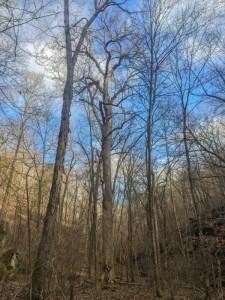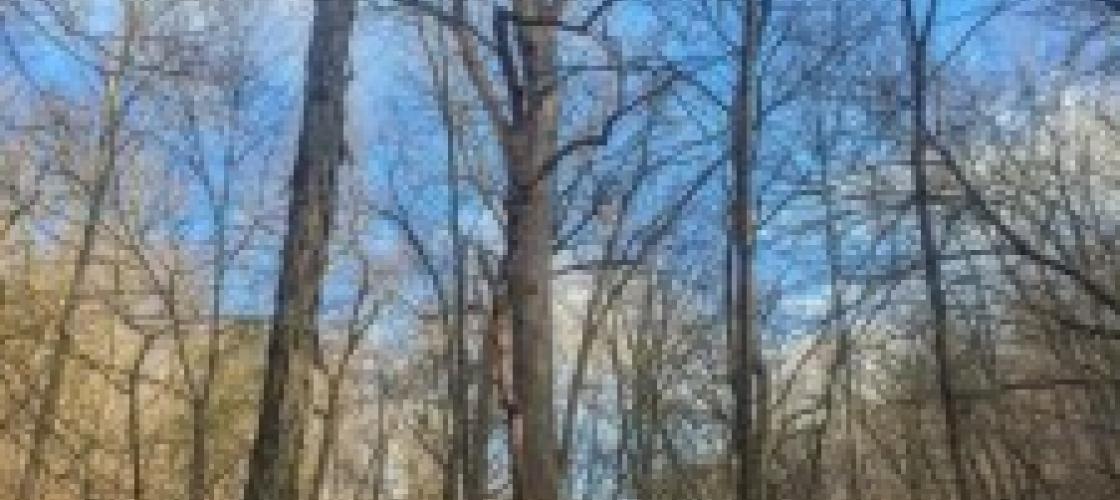Body shape: We're always trying to change it, even rearrange it! But our friends can easily identify us by that unique individual silhouette--the one the mirror always tells us the truth about!
Just like us, a tree has a unique silhouette that without the leafy green of summer, stands out in contrast to the winter sky.
Open areas are the best places to observe tree silhouettes. The tops of trees, called crowns, develop characteristic shapes when they're not competing with the nearby trees for sunlight, moisture and space. In crowded conditions, trees grow taller and thinner with restricted crowns.
Maples are the stocky ones of the bunch, having short trunks and overall round or oval crowns. Their branches, however, are fine-textured, and look light and feathery. Elms are among the glamorous. Shaped like a fine wine glass, they have long, single trunks that divide into large, spreading limbs. And yes, there's always the perfect, symmetrical pin oak. Pin oaks are very symmetrical and nearly triangular. Their upper branches ascend and lower branches droop.
Looking Further:
There are a variety of characteristics that you can count on as useful tree identification aids. Some characteristics are common among all members of a genus, while some are specific to a particular species.
Opposite Branching: Trees with this characteristic bear their leaves and twigs in opposite positions on the stem. This trait can be very obvious on younger stems, but look closely on older stems, which can be affected by harsh weather and environmental conditions.
Compound Leaves: Trees with this characteristic bear multiple leaflets in a variety of patterns and numbers according to species.
Corky Ridges: Many trees have rough, knobby appendages on their bark. They may vary from few to many, short to tall, common to intermittent, etc. Though they may not be always present, they are useful when identifying trees.
Number of Bud Scales: Buds without cover scales are referred to as naked. Some buds will have one scale completely covering the bud; some will have two. Others may have many multiples of scales.
Find out more about tree identification on the MDC website.


Recent Posts
























